Each method is based on reacting to or planning for market fluctuations and changing levels of demand These capacity planning strategies are match, lag, lead, and adjustment Match Matching involves monitoring the market for demand increases and decreases on a regular basisStrategy of Level capacity, which is to produce at a certain capacity ignoring the change of demand whether it increases or decreases, they just supply each month with a certain rate, and in case demand decreased or there are still items not sold, it is stockpiled, by the seller 2) Chase demand strategy Chase demand strategy is the opposite start a level capacity strategyIi) empirical estimates of capacity for specific equity strategies;

Achieving High Performance Low Cost Logistics Kearney
Level capacity strategy
Level capacity strategy-We review their content and use your feedback to keep the quality high Transcribed image text question in order to use the level capacity strategy, variation in demand are met by select one a using some combination of inventories, overtime, part time, subcontracting and back orders b varying output by changing overtime levels C varying output during regular time without Types of Capacity Planning Strategies 1 LEAD STRATEGY The Lead Strategy involves an upfront investment in more capacity that is needed and is one of the 2 LAG STRATEGY The Lag Strategy is much more conservative than the Lead Strategy as it waits until the current 3 MATCH STRATEGY The




Ie 3265 Production Operations Management Slide Series
Use break even analysis to evaluate capacity alternatives This module examines how important strategic capacity planning is for products and services The overall objective of strategic capacity planning is to reach an optimal level where production capabilities meet demand Capacity needs include equipment, space, and employee skillsAt one extreme is a levelcapacity strategy, in which the firm designs its systems to provide a constant level of capacity and absorbs the costs when demand is far above or far below that level At the other extreme is the strategy to meet current needs A given firm's optimal level of flexibility to match capacity to demand will fallCapacity development responsibilities under one umbrella to tackle some of the systemic in order capacity constraints and address new capacity emanating from the new programme elements needs This CD Strategy provides a framework to coordinate and implement CD in a systematic and efficient manner
A level capacity strategy is also known as a chase demand strategy FALSE Level and chase strategies are opposite approaches An advantage of a "chase" strategy for aggregate planning is that inventories can be kept relatively low TRUE The chase strategy keeps inventories low44 In order to use the "level capacity strategy," variations in demand are met by A varying output during regular time without changing employment levels B varying output during regular time by changing employment levels C (a) and (b) D using combination of inventories, overtime, part time, and back orders E price adjustmentsDownload the iOS Download the Android app Level CapacityThis capacity planning strategy sets processing capacity at a uniform level throughout the planning period regardlessof fluctuations in forecast demand This means production is set at a fixed rate, usually to meet average demand andinventory is used to absorb variations in demand
Chase Capacity Management Opposite to the level capacity management is the chase capacity, " organisations could decide to match capacity and demand by altering the availability of resources This might be achieved by employing more people when it is busy and adopting strategies such as overtime and additional shiftsLEVEL STRATEGY A level strategy seeks to produce an aggregate plan that maintains a steady production rate and/or a steady employment level In the context of the problem posted by you following the level strategy means incurring additional subcontracting costs at least twice This is to offset the shortfall in production because of the levelMap out your services and staff members, and then use a few metrics to grade them, such as quality of work, execution speed and knowledge base




Multi Level Model For Building Capacity For A National Quality Download Scientific Diagram
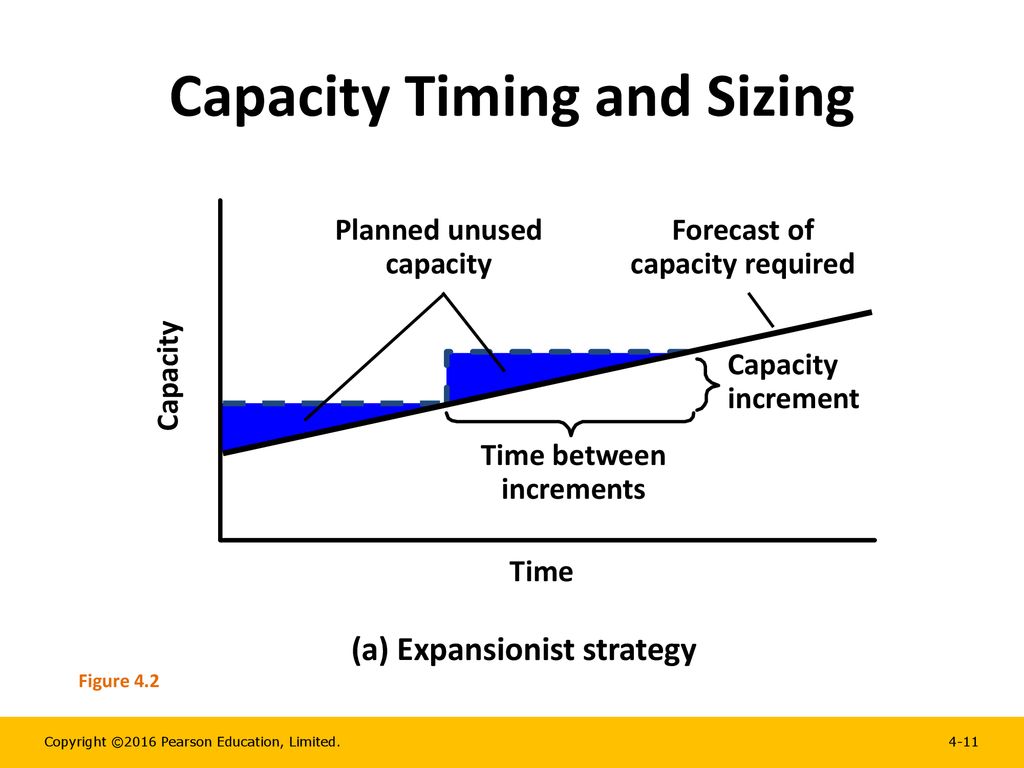



Planning Capacity Chapter Ppt Download
The disadvantages of the Level capacity strategy are as follows a High risk of stock obsolescence when customer requirements change b High staff cost while underutilised for examples, service organisations throughout off peak times The primary strategies that an organization can use for capacity planning are as follows#1 Lead Strategy – This is considered one of the most aggressive stances and strategies of capacity planning It is an approach where the company anticipates an increase in demand and thus increases its production capacity beforehandThe first is called level scheduling, where you try and maintain a steady workforce with a steady schedule The second is the chase strategy, where you maintain a level workforce and increase your workforce as demand increases This may mean using overtime or hiring temporary employees The type of laborscheduling you wish to incorporate can




Ie 3265 Production Operations Management Slide Series




The Future Of Strategic Operations Management
Level Capacity Plan The inventory size is varied keeping the workforce size and utilization of work constant The number of workers ( working size) is kept constant throughout the time period under consideration During months of low demand the excess units required over the units produced are taken from the inventoryUsing a Push Strategy for Capacity Planning Know Your Workforce How much work can your team handle, and at what level of proficiency can they complete each task?Level Capacity Strategy 1 The utilization of operational resources throughout the year 2 Efficient level of production can be maintained 3 Decreases the marginal cost




Processes Technology And Capacity Online Presentation




Mcq S Week 7 Capacity Management Chapter 8 Week 7 Capacity Management Which Of The Following Studocu
Match Strategy The Match Strategy is the middle road between the Lead and Lag Strategies Rather than substantially boosting capacity based on expected or actual increases in demand, the Match Strategy emphasizes small, incremental modifications to capacity based on changing conditions in the marketplace For any hotel, airline, restaurant or other service establishment all of the capacity could be filled with customers if the price were low enough But the goal is always to ensure the highest level of capacity utilization without sacrificing profits Heavy use of price differentiation to smooth demand can be a risky strategyDevelop the Local Capacity Strategy , 33 II UNDP HeadquartersManaged Programs with a Focus on the Local Level, 36 IIIUNDP's Environment & Energy Group's (EEG) Work at the Local Level, 37 IV UNDP Mandate to Work at the Local Level , 39 V How UNDP's Practices and Teams Can Advance the Local Capacity Strategy, 40 VI




Impact Of The Level Of Reactive Capacity On The Protability Of Download Scientific Diagram




Capacity Planning 3 Methods How To Implement Them Optimoroute
Level capacity strategy The organisation manufactures or produces at a constant rate of output ignoring any changes or fluctuations in customer demand levels This often means stockpiling or higher holdings of inventory when customer demand levels fall John Spacey, Capacity strategy is an approach to increasing and decreasing business capacity to meet demand Capacity includes things like labor and equipment that can be scaled to increase business output The following are common types of capacity strategyThis strategy characterised by 1 a moderate capacity level within number of destina tions, countries, seats, average number of employees per aircraft




When Using A Level Capacity Strategy Or Level Chegg Com




Capacity Strategy Some Factors Influencing The Overall Level Of Capacity Forecast Level Of Demand Consequences Of Over Under Supply Availability Of Ppt Download
The level capacity strategy involves maintaining stable workforce level and output rates over the planning horizon This allows the firm to maintain inventory levels of finished products higher than expected in situations of low demand variability As demand increases above the steady output rate, the firm can continue to maintain The article addresses the estimation of capacity for an equity fund that forms portfolios based on a given investment strategy It fits within three strands of literature i) theoretical models of optimal trading or portfolio construction under alpha erosion and trade frictions; 4 Capacity Building Strategies for Nonprofits The idea of capacity planning is linked to our interconnected networks that often collaborate to solve social issues When done poorly, it can be a vaguely defined distraction from the nonprofit mission But when conducted properly, it can increase stewardship, improve organizational efficiency




Evaluating Alternative Capacity Strategies In Semiconductor Manufacturing Under Uncertain Demand And Price Scenarios Sciencedirect




Demand And Capacity Management Options Adapted From Fitzsimmons And Download Scientific Diagram
Match strategy is the middle ground between lag and lead strategy Using match strategy, you do strategic capacity planning more frequently You closely monitor true demand, projected demand, and market shifts/trends Based on this information, you adjust your capacity management to meet demand in increments Capacity planning affects all aspects of a company's operations The advantage of employing a match strategy is that it most effectively matches actual capacity to what's required Companies use other strategies when an exact match is unimportant The lead strategy tries to anticipate future required capacity and expands capacity to meet it 3 Types of Capacity Management Capacity management is the process of planning the resources required to meet business demands This includes capacity forecasting, planning, monitoring and performance analysis This can happen at three levels in an organization




Aggregate Planning Chapter 11 Aggregate Planning Aggregate Planning




Capacity Planning Types Lead Lag Average Strategies Video Lesson Transcript Study Com
A lead capacity strategy adds capacity in anticipation of increasing demand A lag strategy does not add capacity until the firm is operating at or beyond full capacity A tracking strategy adds capacity in small amounts to attempt toHistorically, market share strategies have led to excess capacity, meaning lower load factors and lower yields Recent "capacity discipline" in US industry Perhaps the only strategy that can lead to both higher yields and higher load factors US domestic capacity reductions achieved with Fewer departures, particularly at smaller airports With the level strategy, production remains at a constant level in spite of demand variations In companies that produce to stock, this means that finished goods inventory levels will grow during low demand periods and decrease during high




Strategy To Employ Phenomics Tools To Derive Surrogate Traits For Heat Download Scientific Diagram




Aggregate Planning 2 Aggregate Planning Aggregate Planning Intermediaterange
CDC's optimization strategies for PPE offer a continuum of options for use when PPE supplies are stressed, running low, or exhausted Contingency and then crisis capacity measures augment conventional capacity measures and are meant to be considered and implemented sequentiallyAs PPE availability returns to normal, healthcare facilities should promptly resumeA level capacity strategy is also known as a chase demand strategy FALSE Level and chase strategies are opposite approaches An advantage of a "chase" strategy for aggregate planning is that inventories can be kept relatively low TRUE The chase strategy keeps inventories low Capacity planning is a strategic process whereby a company determines what level of capacity it will need to satisfy the level of demand




Consultation On Draft Gnc Capacity Building Strategy Youtube




Basic Strategies Level Capacity Strategy Chase Demand Strategy Ppt Download
Capacity planning is the process whereby the production capacity needed to meet manufacturing demand is determined It is essential for scheduling production to meet short and mediumterm demand and can also be used for longterm planning at the organizational and strategic levels Effective capacity planning is a must for any companyThis revision video provides an overview of the concept of capacity, capacity utilisation and some of the issues facing businesses operating at low or high uLevel capacity strategy The organisation produces or manufactures at a constant rate of output avoiding any changes or fluctuations within customer demand levels This frequently implies stockpiling or higher holdings of inventory while customer demand levels reduce




Entries For Thursday 25 October 07 Sergio S Blog




Capacity Planning Kaizen Chronicles
A level strategy allows a firm to maintain a constant level of output and still meet demand This is desirable from an employee relations standpoint Capacity Planning It's pprove/cancel projectsManagers use the level strategy most often where more highly skilled people perform jobs for high pay, with some or a lot of discretion in a relatively pleasant environment




Capacity Management Process Pink Elephant United Kingdom




Capacity Management Bus32 Studocu
Lag strategy refers to adding capacity only after the organization is running at full capacity or beyond due to increase in demand (North Carolina State University, 06) This is a more conservative strategy and opposite of a lead capacity strategy • The objective of capacity management (ie, planning and control of capacity) is to match the level of operations to the level of demand • Capacity planning is to be carried out keeping in mind future growth and expansion plans, market trends, sales forecasting, etc • It is a simple task to plan the capacity in case of stable demand




Pdf Long Term Capacity Management Linking The Perspectives From Manufacturing Strategy And Sales And Operations Planning Semantic Scholar



1




A Model Of The Relationships Between Working Memory Capacity High Level Download Scientific Diagram
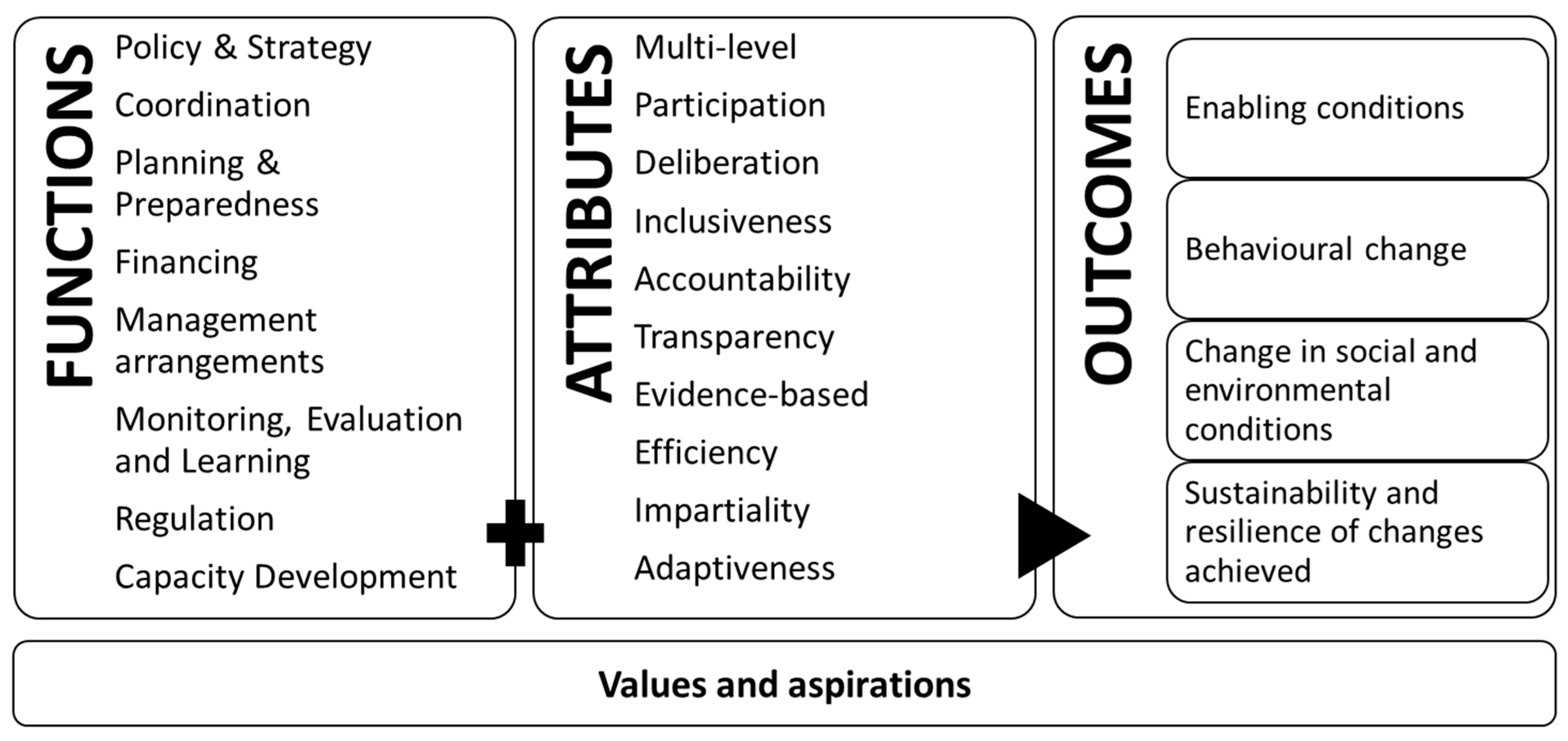



Water Free Full Text Unpacking Water Governance A Framework For Practitioners Html
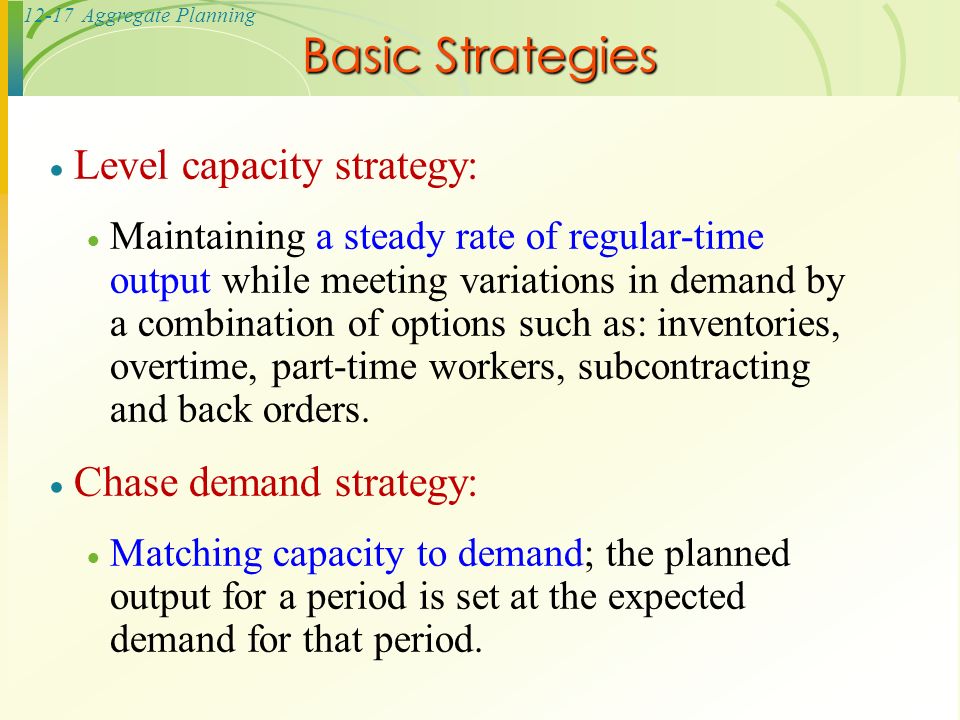



Operations Management Ppt Video Online Download




Achieving High Performance Low Cost Logistics Kearney



1




12 1 Aggregate Planning Operations Management William J




Planning Demand Supply In A Supply Chain Forecasting




Chapter 13 Production Planning Supplemental Slides 1 Overview



2



3
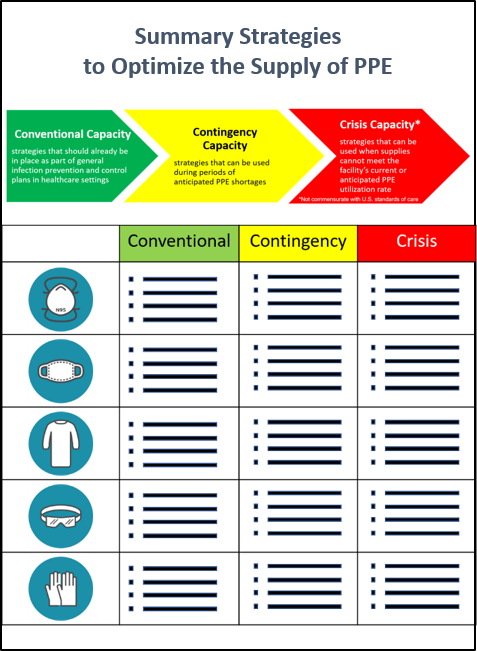



Covid 19 Strategies For Optimizing The Supply Of Ppe Cdc
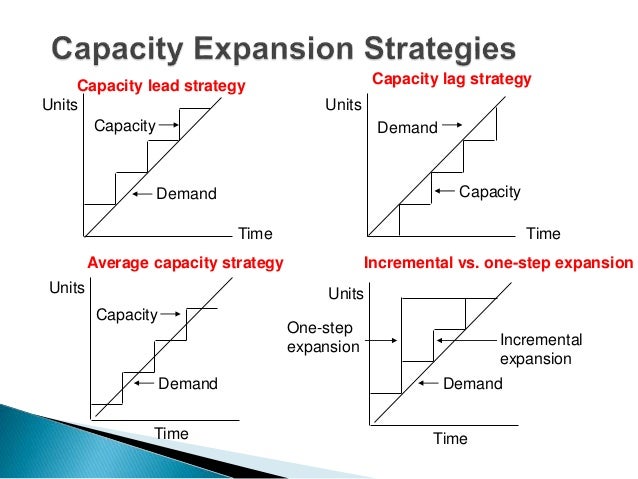



Capacity Management
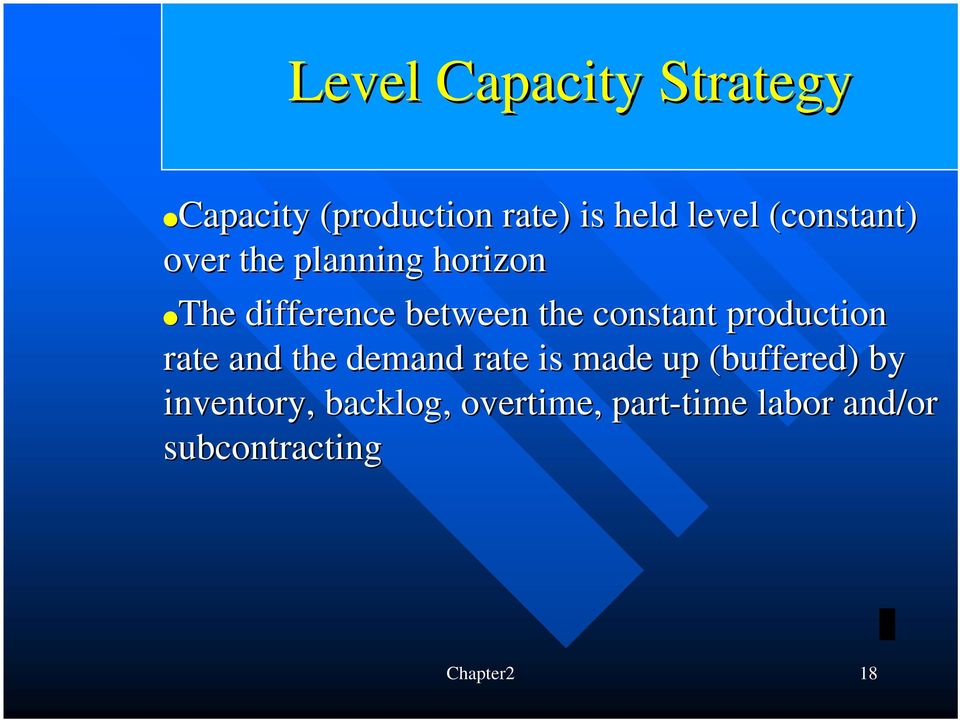



Production Planning Control Chapter 2 Aggregate Planning Master Production Scheduling Chapter2 1 Pdf Free Download




3 Types Of Capacity Planning Strategies Valq




Ppt Planning Demand And Supply In A Supply Chain Powerpoint Presentation Id
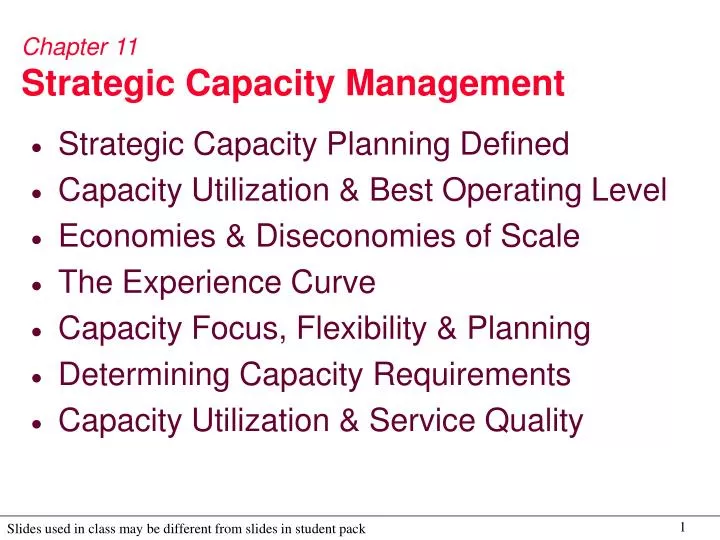



Ppt Chapter 11 Strategic Capacity Management Powerpoint Presentation Id 9169



2




Competitive Advantage Tutor2u




Mckinsey Company How Can Leaders Empower Their Teams Mck Co 2tbkdjn 1 Create A Clear Strategy 2 Define Roles And Responsibilities 3 Invest In Building Capacity 4 Build An Empowerment Orientated Culture 5



2




Lecture 15 Chapter 11 Capacity Planning And Control Introduction Studocu



2




Capacity Planning 3 Methods How To Implement Them Optimoroute




Aggregate Planning Strategy Organization Levels System Examples Model Type Company System
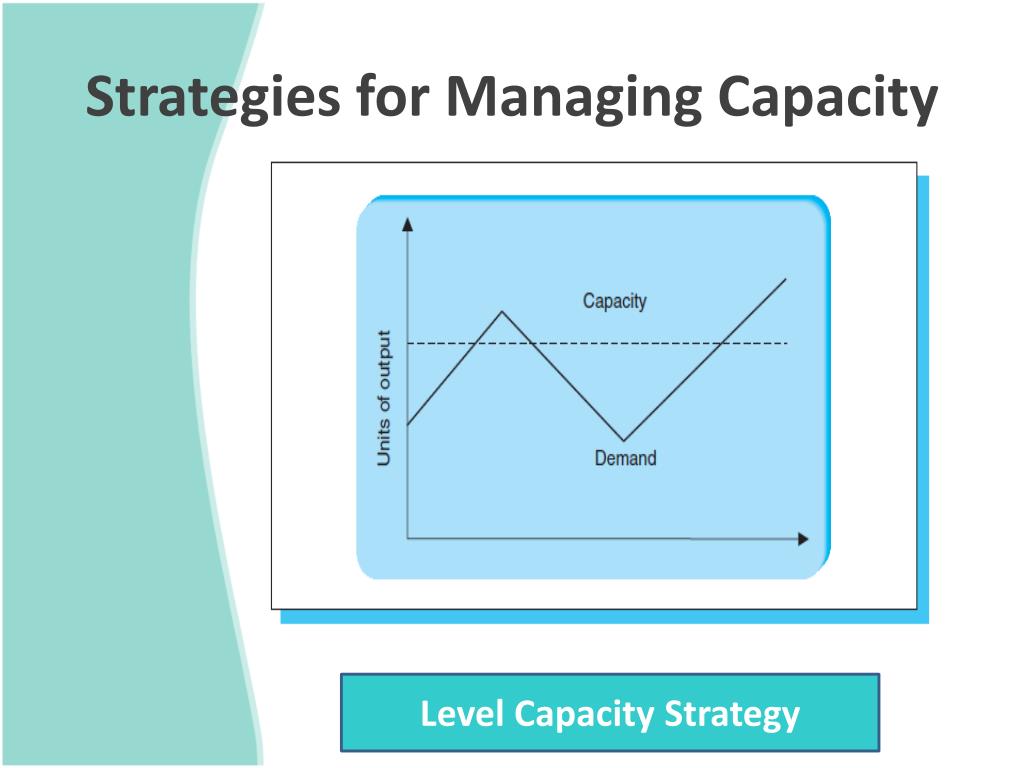



Ppt Capacity And Scheduling Management Powerpoint Presentation Free Download Id




3 Types Of Capacity Planning Strategies Valq



1




Introduction To Aggregate Planning And The 3 Plans Level And Chase Strategy Included Youtube




3 Types Of Capacity Planning Strategies Valq




Managing Capacity Ppt Video Online Download
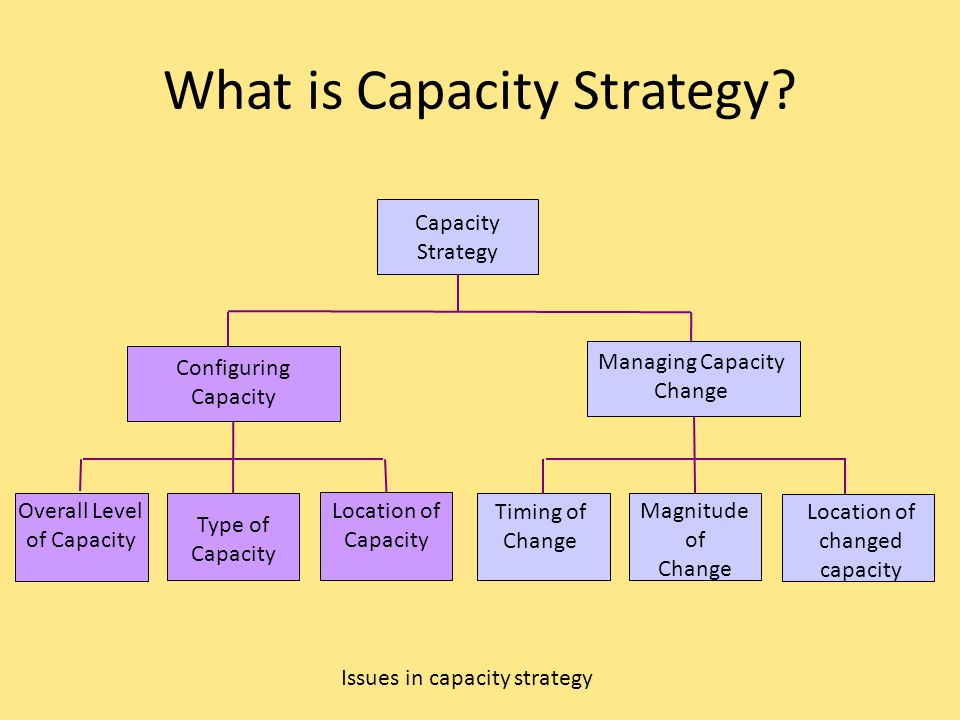



Operations Strategy Capacity Strategy Ppt Video Online Download




Long Term Capacity Management Linking The Perspectives From Manufacturing Strategy And Sales And Operations Planning Sciencedirect




Slides For Chapter 10 Strategic Capacity Honda On July 18 Announced Two New Plants In Argentina Honda Will Spend 100 Million On A New Compact Car Ppt Download




Capacity Strategy Pdf Economies Of Scale Strategic Management




11 Capacity Planning And Control Operations Management



Strategic Risk Integrated Annual Report 19




About The Lecturer U Dr Qing Lu Henry




Strategy Under Uncertainty
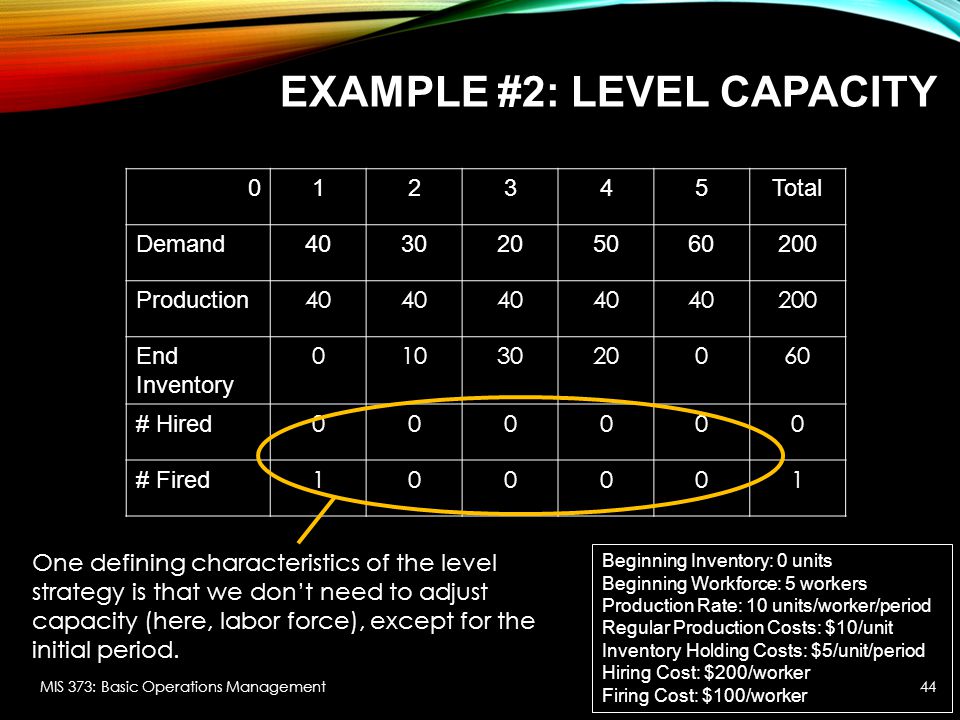



Aggregate Planning Chapter 11 Mis 373 Basic Operations Management Ppt Download




13 Aggregate Planning Mc Grawhillirwin Copyright 07 By




The Emergence Of Absorptive Capacity Through Micro Macro Level Interactions Sciencedirect




Multilevel Strategies To Build Support Continuous Organizational Download Scientific Diagram




Operations Management Lesson 8 Flashcards Quizlet




Maintenance Capacity Planning Ppt Video Online Download




4 Levels Of Service




Capacity And Aggregate Planning Aggregate Planning The Process



2




Sales And Operations Planning Aggregate Planning Production Planning Operations Planning How To Meet Effectively And Efficiently Forecasted Requirements Ppt Video Online Download
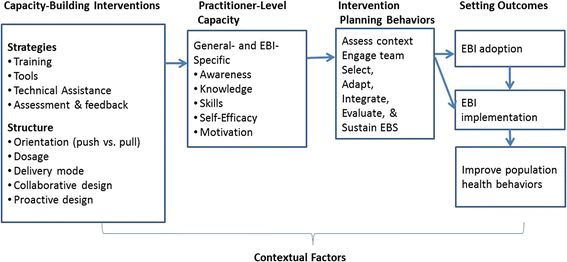



What Strategies Are Used To Build Practitioners Capacity To Implement Community Based Interventions And Are They Effective A Systematic Review Implementation Science Full Text




Michelle Barker She Her My Blog On Our Oecd Report On Digital Workforce Capability For Research Highlights A Recommendation Applicable To Any Organisation Community To Evaluate And Improve Their Digital Workforce Capacity




Aggregate Capacity Planning Pdf Free Download




11 Managing Resources Flashcards Quizlet




Ba 3 Operations Management Chapter 9 Capacity And Aggregate Planning Ppt Download



High Level Overview Of The Draft Shifft Common Approach 3 2 1 Step 0 Download Scientific Diagram




Lecture 7 Production Planning System Revisited Books Introduction




Everything About Capacity Planning Strategies Its Benefits




Covid 19 Decontamination And Reuse Of Filtering Facepiece Respirators Cdc




Capacity Management Strategies And Operational Efficiency In The Energy Sector In Kenya Semantic Scholar
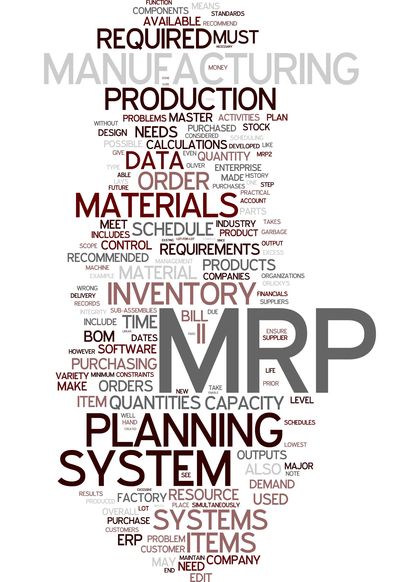



Capacity Planning Organization System Examples Definition System Long Term Capacity Planning




Capacity Planning Strategy Requirements Demand Steps Powerpoint Presentation Pictures Ppt Slide Template Ppt Examples Professional




Categorization Of Capacity Planning By The Planning Horizon Download Table




Capacity And Organisational Development Navigation360




How Is Yield Management Implemented In Airline Industry Ayat Saleh




4 Capacity Planning Challenges In L D And How To Overcome Them Synapse
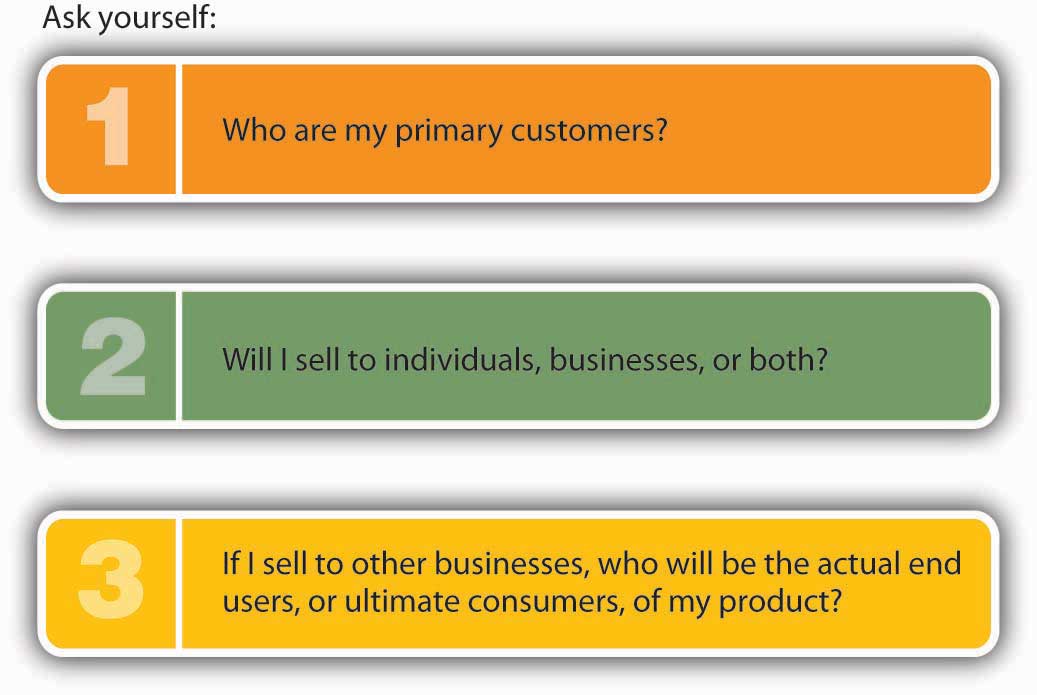



7 1 Capacity Planning Saylor Bus300 Operations Management




Aggregate Planning




Solved Part Ii Assume The Company Wants To Use A Level Chegg Com
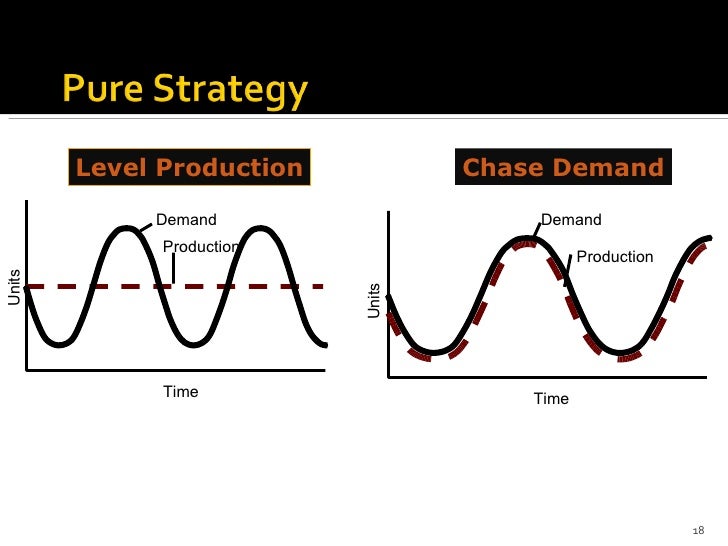



Productionplanning Aggregate Capacity




Production Planning Planning Horizon Long Range Short Range




Sales And Operations Planning Aggregate Planning Production Planning
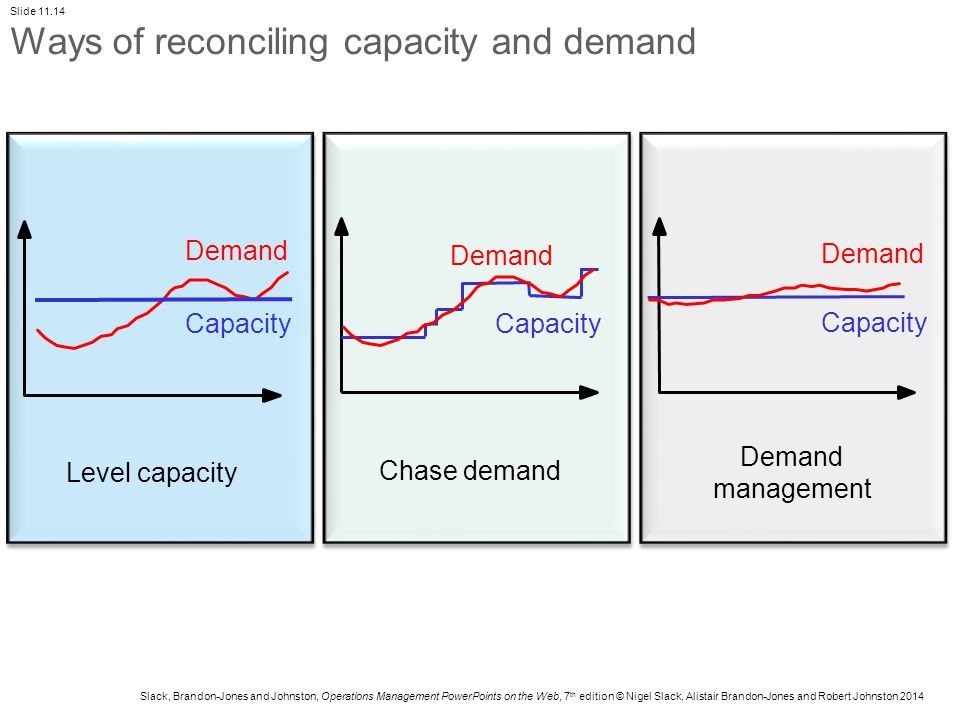



Chapter 11 Capacity Management Ppt Video Online Download




Pdf Lean Capacity Planning Planning For Maximising Customer Value Semantic Scholar




Everything About Capacity Planning Strategies Its Benefits



Capacity Planning 3 Methods How To Implement Them Optimoroute



M Dc Operations Strategy




Demand And Capacity Management Options Adapted From Fitzsimmons And Download Scientific Diagram



2




Demand And Capacity Planning In The Emergency Department How To Do It Emergency Medicine Journal
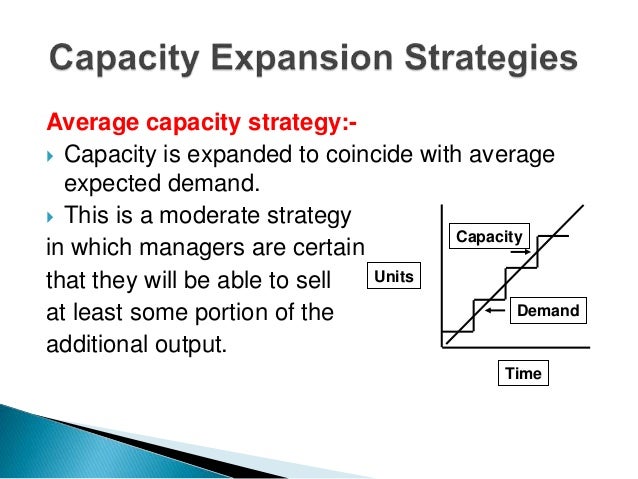



Capacity Management




Jones Robinson Operations Management All Operations Need To Know The Likely Customer Demand For Their Goods Or Services On Any Given Day Week Or Year Ppt Download



0 件のコメント:
コメントを投稿